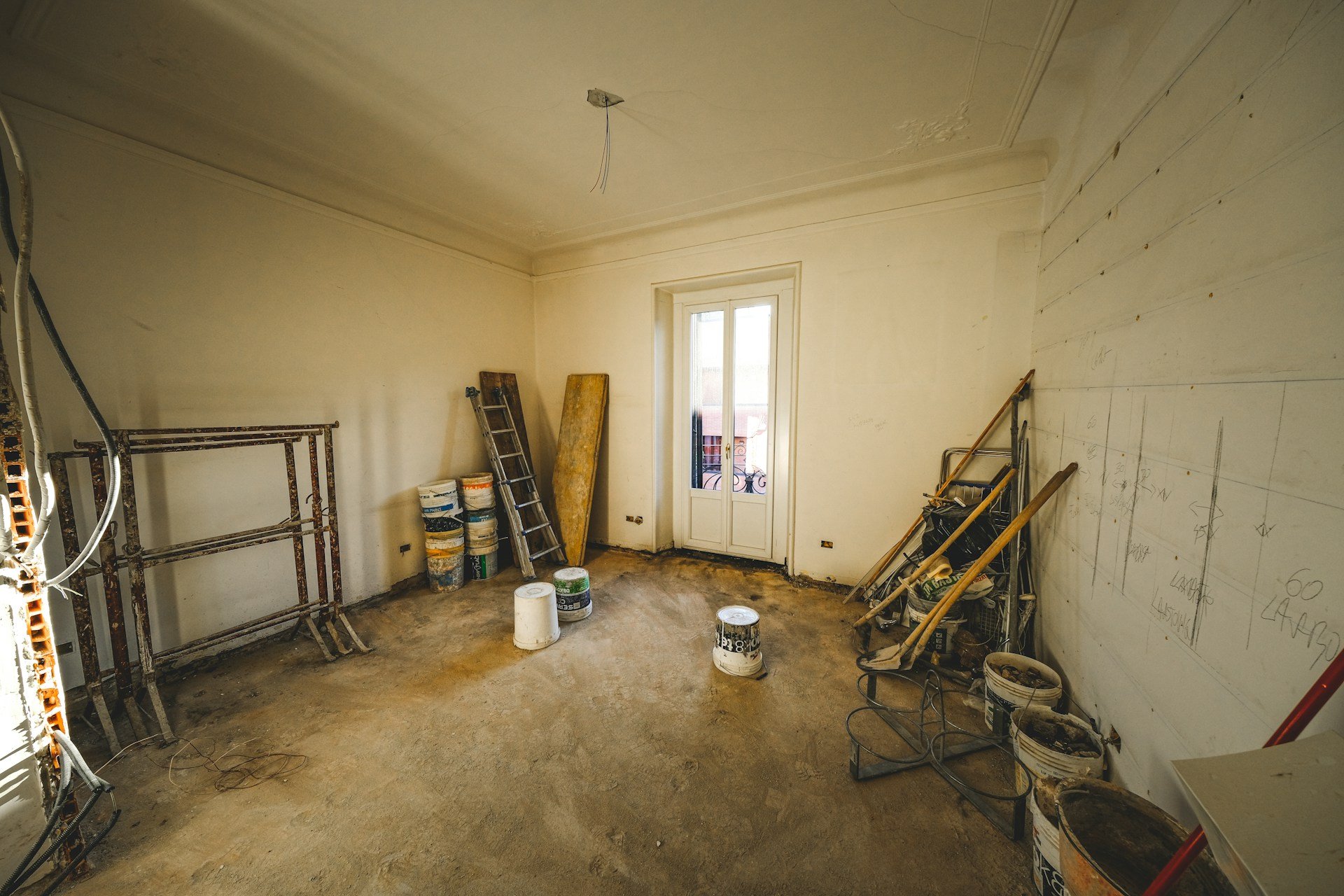Creative Solutions for Small Living Room Remodels
/Living rooms come in all shapes and sizes, but when life gives you a small one, it's time to get creative. Designing a compact living area can feel like trying to fit a puzzle together. You want to maximize space without sacrificing style, ensuring every piece counts. The key is in strategic planning, allowing you to create a room that not only looks great but also suits your lifestyle. With a bit of ingenuity, a small living room can become a cozy haven.
Strategically approaching the design of a small living room can transform it into a functional and inviting space. It’s about finding a balance between aesthetics and practicality. Consider what you need most: storage, seating, or maybe just a sense of openness. By focusing on smart solutions, you can turn those limited dimensions into a room that feels larger than it really is. Let's explore some practical steps to bring big style to small spaces.
Smart Furniture Choices
Choosing the right furniture can be a game-changer when it comes to remodeling a small living room. Every piece should serve multiple functions and fit the room perfectly, without making it feel cramped. Multi-functional furniture can help you make the most of the space available. Here are some ideas to consider:
Sofa Beds: These offer a place to sit during the day and can easily convert into a sleeping area.
Storage Ottomans: Use these to store blankets, magazines, or anything else cluttering your space, while also providing extra seating.
Fold-Out Tables: Perfect for an impromptu workspace or dining area, these tables can be tucked away when not in use.
To avoid a cluttered look, stick to furniture that fits the scale of the room. Overly large or ornate pieces can overwhelm a small space, making it feel even tighter. Opt for sleek designs and light colors that enhance the sense of openness. Consider mounted sofas or chairs to keep the floor clear, which can trick the eye into seeing more room. By selecting furniture thoughtfully, you can add functionality without sacrificing style. This way, your living room becomes more than just a place to sit; it becomes a true reflection of your lifestyle.
Maximizing Vertical Space
One often overlooked strategy in small spaces is maximizing vertical areas. Vertical space can create the illusion of tall ceilings and a bigger room. Imagine a bookshelf that stretches from floor to ceiling. It not only offers ample storage but also draws the eye upwards, making your living room feel more expansive.
Consider these ideas to make the most of your vertical space:
Tall Bookshelves: Perfect for storage and display, they can hold everything from books to decorative items.
Wall-Mounted Storage: Use shelves and cabinets mounted high on walls to keep items accessible yet off the floor.
Floating Shelves: These are great for art pieces or plants, adding depth without taking up floor space.
By using vertical elements, you create more storage and visual interest, transforming a cramped room into one that feels open and airy.
Creative Lighting Solutions
Lighting can dramatically affect how large a room feels. Natural light is your best friend, so keep your windows unblocked or cover them with sheer curtains. Mirrors can reflect light around the room, enhancing brightness and adding depth.
To build on natural light, consider these layered lighting ideas:
Floor Lamps: Place these in corners to create cozy nooks or highlight features.
Wall Sconces: Ideal for adding light without taking up floor space, they can be a stylish addition.
Ceiling Lights: A well-placed ceiling light can flood the whole room with light, making it feel bigger.
Each layer of light plays a part in adding warmth and dimension, turning a small room into a versatile living space.
Effective Use of Color and Decor
Color choices have a big impact on the perception of space. Light colors, like pale blues or soft grays, can make your room feel airy and larger. Dark shades, if used wisely as accent colors, add depth without overwhelming.
Consider these decor tips for a spacious feel:
Minimalistic Decor: Opt for less clutter with functional decorations that serve a purpose.
Space-Saving Decor: Choose items like foldable picture frames or stackable pieces that can be easily moved or stored.
Accent Colors: Use cushions or throws in complementary colors to add warmth and personality.
A clean, light color palette combined with intentional decor can make your living room a stylish yet comfortable retreat.
Bringing It All Together
Designing a small living room involves thoughtful planning and a good mix of creativity and practicality. By integrating smart furniture, utilizing vertical space, enhancing lighting, and selecting the right colors, you can craft a room that feels much larger than it physically is. These small changes combined work to transform your space.
As you refine your living room setup, keep in mind your day-to-day needs and personal style. Every decision you make should resonate with how you want to live and the comfort you seek in your home. In doing so, every corner of your living room will reflect the essence of your personality, making it both functional and uniquely yours.
Ready to transform your small living room into a spacious and stylish haven? Explore more about an interior home remodel with We Remodel in Northern Virginia. Our team focuses on bringing your vision to life by tailoring designs to suit your lifestyle and preferences. Reach out to us today to discuss how we can help reimagine your space.




